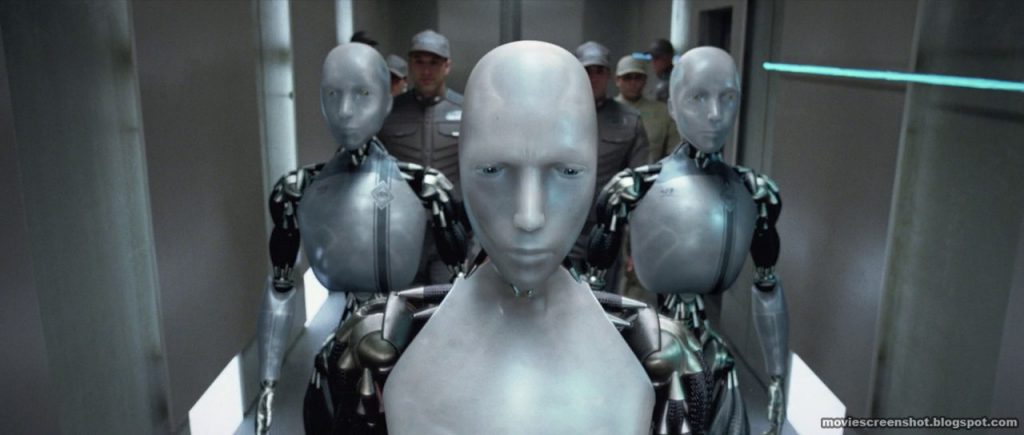Robot Workers Are Replacing Human Employees, And It’s Just The Beginning
Carrie Wood, CEO of Ark Invest, believes robot workers will begin dominating the workforce as early as 2030.
This article is more than 2 years old

Robot workers are already being used in a slew of different industries. This is especially true for the food service and hospitality sectors. After the pandemic ushered in a severe labor shortage, robot workers were happy to oblige and fill vacant roles normally occupied by humans. Miso Robotics’ Flippy, Chippy, and Sippy robots can already be found working in popular fast-food chains like White Castle and Panera, and that is only just the beginning.
As Flippy, Chippy, and Sippy are flipping fries, frying chips, and pouring beverages, robot workers are increasingly infiltrating other sectors of commerce, too. Carrie Wood, chief executive officer, and chief investment officer at Ark Invest, shed some light on just how fast this is happening. “Amazon is adding about a thousand robots a day. … If you compare the number of robots Amazon has to the number of employees, it’s about a third. And we believe that by the year 2030 Amazon can have more robots than employees,” said Wood on CNBC.
She pointed out that robot workers are becoming increasingly advantageous for businesses to invest in. Wood said it’s because of the inherent cost savings that goes along with choosing robots over human workers. She pointed out that in some cases businesses can save up to 60%.
Moreover, Wood believes that the trend of robot workers entering the workforce is about to reach a new precipice. Technology is continuing to advance at an exceedingly rapid pace. Machine learning has already taken center stage at social media companies like Meta.
Additionally, artificial intelligence programs are getting smarter and more adept at solving complex problems. For instance, ChatGPT can pass specialized exams that normally take humans years of study, and apps like Lensa (although highly controversial) can produce some impressive art. Imagine taking that kind of tech and putting it into functional robot workers – the possibilities hedge on mind-blowing.
So what does this all mean? Is the world looking at a future straight out of The Terminator where Skynet reigns supreme? Are companies embracing robot workers prematurely? Should companies be embracing robot workers at all and what does that mean for human jobs?
Those are all valid questions. However, unfortunately, there are no real answers yet. In the last decade or so humans have had a hard time keeping up with technology and creating regulations around advancing technologies – case and point, social media. Or better yet, social media as it exists on smartphones.
In social media’s case, regulators and lawmakers are just beginning to realize the potential determinant it has on youth’s mental health. Similarly, those same regulators and lawmakers are now just starting to understand the threat that social media and other peripherals present to personal privacy. Thus, in terms of robot workers, it will likely be at least a decade before those with the power to make laws and regulate realize the impacts that they are imposing or will impose on society.
For now, though, Wood says that robot technologies, especially robot worker technologies, are a wise investment. So, at the very least, investors with some extra cash to burn can make a bet and in a few years will likely walk away with a larger fortune than what they started with. The vast majority of society, however, will just have to stay tuned.



